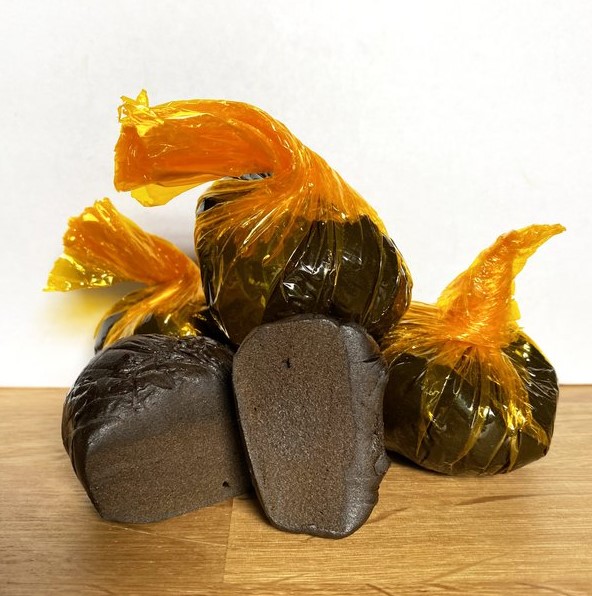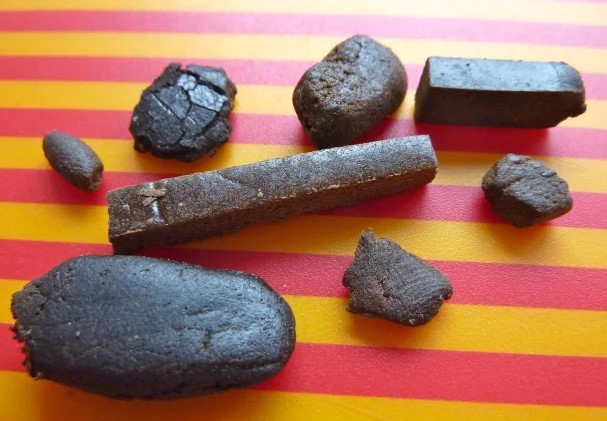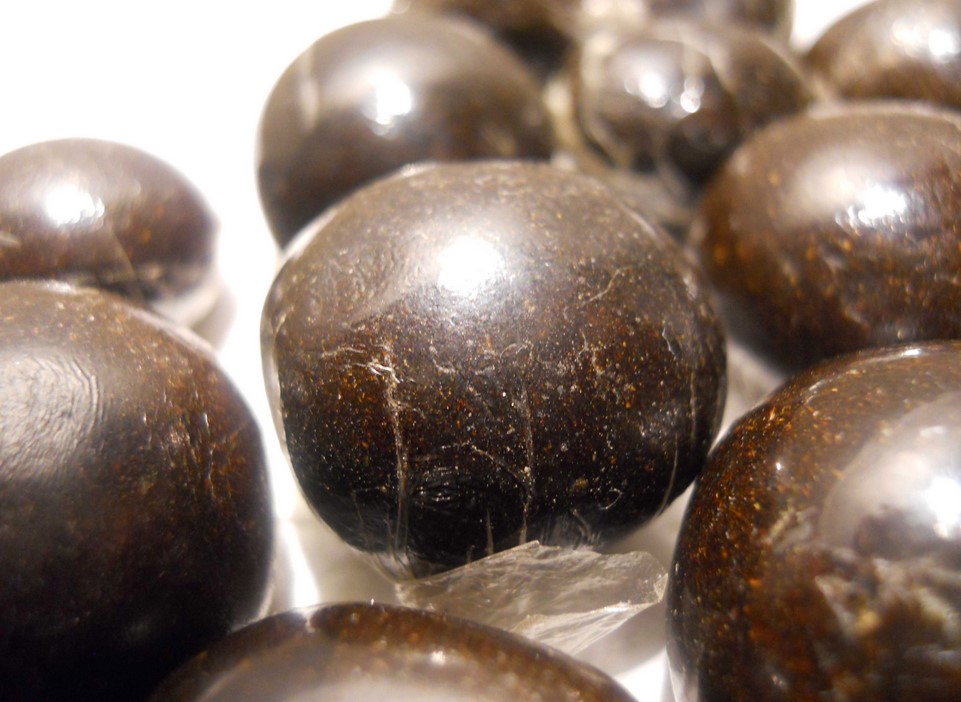Hash is a centuries-old cannabis concentrate that has played an important role in many cultures. Hashish has been created for thousands of years across the Middle East, Himalayas, and India’s tiny villages, with each area contributing its own flavor to this highly prized commodity.
You might be interested in Nepalese Hash Canada.
After its initial appearance in Europe, Nepalese hash began to be fashionable among the literary and artistic elite. Hashish was a Parisian hangout frequented by writers such as Baudelaire and Balzac where people took the drug known as hash (or hashish). Because of its unique flavor, consistency, and effects, hash is still used today as a way to consume marijuana.
DIFFERENT TYPES OF HASH FROM AROUND THE GLOBE

While there are many similarities between various types of hash, each delivers a distinct experience from the rest. Let’s look at some of the different sorts of hash you may find throughout the world!
AFGHAN HASH
Cannabis indica is indigenous to Afghanistan and thrives across the nation. Cannabis has been cultivated and used by Afghan people for hundreds of years. When the Hippie Trail drew a surge of young tourists to the area in the 1960s and 1970s, however, hashish production in Afghanistan really took off. Today, Afghanistan is home to the world’s largest hashish crop.
Hashish is known as chars in Afghanistan, and its production is rather distinctive. To begin, dried cannabis buds are scraped of their trichomes to create kief (locally known as garda). This is then spread over a metal plate over a low heat and mixed with tiny amounts of hot water and/or tea until it becomes doughy. This dough is manually kneaded and sometimes stomped on before being baked in the oven until it turns black color and has a firm, fudge-like texture.
Afghani from good sources has the seal of the producer imprinted on it, and it is quite potent. It’s also particularly spicy, making smoking it unpleasant to say the least. It gives you a powerful stone that makes you feel almost drowsy.
CHARAS
The term “Charas” refers to a kind of hash produced in India. Cannabis is widely grown throughout parts of India, Pakistan, and the Himalayas, where it has a long history as a medicine, industry, and religion. It’s been used therapeutically, industrially, and spiritually for thousands of years.
Charas is a type of hashish distinct from other kinds in that it is prepared with living cannabis. Live buds are rolled between the palms of the hands to prepare charas. The resin builds up on the palms and fingers over time, resulting in a thick, brown layer that is collected and formed into balls.
The result is a smooth, luscious hash that’s dark on the outside but has a milder brown or green hue inside. Charas also has an unique scent and flavor that is quite spicy. It is quite powerful, and it produces a deep physical relaxation characterized by profound physical relaxation.
KASHMIRI HASH
The northernmost section of the Indian subcontinent, Kashmir includes hash and opium. While there is little information about Kashmiri hash, it is thought to be similar to charas in terms of production. It is also spicier and produces a somewhat harsher smoke than charas. It is also more powerful, resulting in a larger physical stone.
LEBANESE HASHISH

Hashish has a long and illustrious history in Lebanon. The country now produces massive quantities of hash, with yearly exports valued at more than $200 million. In fact, according to international consulting firm McKinsey & Company, the Lebanese government should legalize cannabis as a means to stimulate the economy.
The Bekaa Valley is where most cannabis in Lebanon is produced. Plants generally dry out in open fields before being harvested and develop a yellow, brown, or crimson hue.
The buds are then squeezed and run through sieves to produce kief, which is then pressed like in Morocco (see below). The end product is yellow or red Lebanese hash with a brittle crust (sold as yellow or red Lebanese, respectively) that has been crushed.
Lebanese hash has a strong, spicy flavor and is typically harsh to smoke. Yellow Lebanese, which is thought to be prepared from young plants, produces a somewhat more cerebral high while red Lebanese (made from older plants) creates a less narcotic effect.
MANALI HASH
Manali is known for its hashish and is one of the country’s oldest settlements. Manali, which is in the Kullu district, has its own language that experts believe consists of a mix of Tibetan and Sanskrit. One of the primary sources of income for the village’s 1,500 residents is cannabis cultivation and processing.
The Manali Cream is a hash produced in Manali that is highly valued throughout India and beyond. For example, the price of Manali Cream in Amsterdam ranges from 20 to 30 euros.
Originally from the mountains of Himachal Pradesh, Manali Cream is produced by rubbing live cannabis buds together to form a thick resin. The result is a black hash that melts when fresh and hardens with time. Its flavors and smells are very similar to those of freshly harvested cannabis plants. This is a mild hash with the aroma and flavor of fresh cannabis buds that makes for an indulging and smooth smoke without the spice found in Afghani or Lebanese types.
MOROCCAN HASH
Cannabis has been cultivated in Morocco for centuries, and it is thought to have arrived in the region between 640 and 710 AD. Rif became known as one of the country’s major cannabis-producing areas in the 18th century.
Hash is now manufactured in Morocco, where dried cannabis branches are beaten over fine sieves to remove the trichomes and create kief. This kief is then placed in a press and repeatedly pressed into bricks.
The color of the hash is determined by the plant’s age and how long it was dried. The consistency of Moroccan brick hash, for example, is hard and brittle, like chocolate. Moroccan pollen hash, on the other hand, is softer and more flexible than marzipan.
Moroccan hash is smoother and more aromatic than other types of hash, without the pungent scents and tastes associated with them. Moroccan hash has a pleasant, uplifting high and contains relatively low amounts of THC.
NEPALESE HASH
Nepal is a gorgeous country set amid the Himalayan mountains. Cannabis is grown naturally in this area, and it has long been a major element of local culture, much as it is in India, Afghanistan, and other parts of the region.
In Nepal, nepalese hash is prepared like charas and transformed into large balls known as “temple balls.” However, rather than living flowers, the Nepalese are said to use dried blossoms. The resin on the hands builds up over time, and it is collected and rolled into balls with a distinctive gleam to them.
Nepalese hash has a pungent, smoky scent and is sticky and creamy in texture. When compared to Afghan hash, it has a smoother smoke with a robust flavor. Nepalese Hash is quite powerful, giving you a solid stone. Amsterdam coffeeshops sell Nepalese temple hash as a luxury item similar to Manali Cream.

PAKISTANI HASH
Hashish is lawfully produced and readily accessible across Pakistan’s northern tribal areas, even though it is banned there. Hashish has been a part of Pakistani culture for a long time, and the country’s hash may be quite high quality.
In Northern Pakistan, top-grade hash is known as Awal Namber Garda (“top-grade dust”). Pakistani hash is made by drying, sieving mature cannabis plants to produce kief, and then pressing and heating the material into black hash slabs. To improve the flavor and potency of the final product, some locals age their hash for at least three months in goatskin or sheepskin.
Pakistani hash is a deep black color, has a pungent odor, and is known for being harsh on the throat. It generates a very powerful, long-lasting narcotic stone that will have you glued to the sofa for hours.
TURKISH HASH
Although cannabis is illegal throughout Turkey, the country produces some high-quality hash. Although cannabis is prohibited in Turkey, its production and growth are permitted in certain regions for medical and/or research purposes.
Turkish hash is made by compacting and heating large amounts of kief into big, black blocks in the manner that Afghan, Pakistani, and Moroccan hash is produced. When properly pressed, Turkish hash is rock-hard and fracture-prone. It has a slightly pungent smell and delivers a smooth hit.
Northern European hash, on the other hand, is known for its mild strength and cerebral high rather than the bodily stone that you would anticipate from hash. This might be because it’s made from younger plants.
